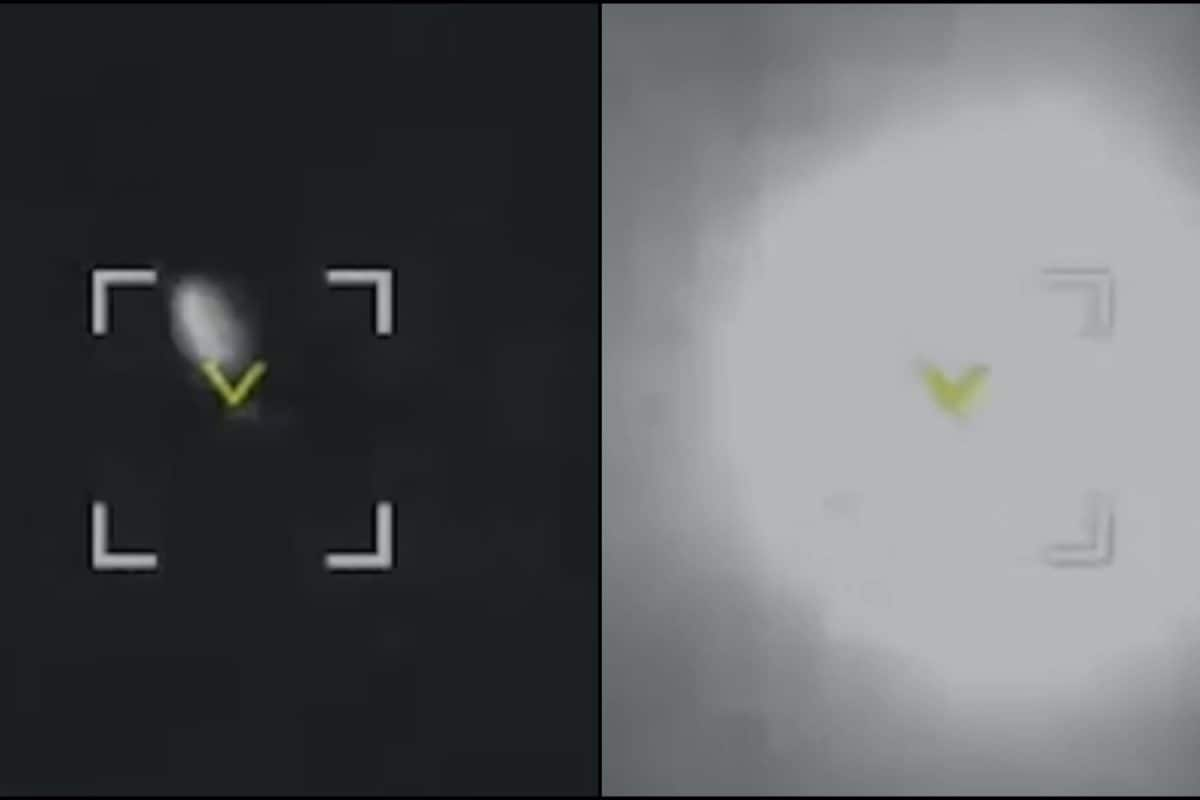

In a significant development amidst escalating tensions between Israel and Iran, the Israeli Air Force has, for the first time, deployed its advanced "Barak" air defense system to intercept Iranian drones. This marks the first operational use of the system within the Air Force's aerial defense framework. Concurrently, the Israeli Navy has also reported its first combat engagement using the "Barak Magen" naval variant, successfully intercepting eight Iranian-launched drones. This activation highlights Israel's multi-layered defense strategy and its ability to counter evolving aerial threats.
The interceptions occurred during a period of heightened conflict, with Iran launching multiple drone and missile attacks against Israel. On June 19, 2025, Iran launched nine attacks against Israel, including five drone attacks and four ballistic missile barrages. While these attacks resulted in no fatalities, they caused significant property damage and wounded over 200 people. In response to these persistent threats, Israel has intensified its defensive measures, bringing the Barak system into play.
According to the IDF, one of the five drones launched from Iran on Friday was shot down by the ground-based Barak system. It remains unclear which specific variant of the Barak system was used in this interception. However, the Israeli Navy has deployed the Barak MX system on its Sa'ar 6-class corvettes, which have also been instrumental in intercepting Iranian drones during the ongoing conflict. Since hostilities began last Friday, Israeli naval platforms have reportedly intercepted around 25 drones targeting Israel, underscoring the critical role of maritime defense in the current environment.
The Barak Magen system, developed by Israel Aerospace Industries (IAI), represents a substantial advancement in Israel's maritime defense capabilities. It is specifically designed to counter drone swarms and precision-guided weapons, offering 360-degree threat detection and rapid-response engagement. Equipped with the EL/M-2248 MF-STAR radar and capable of long-range interception using LRAD interceptor missiles, the Barak Magen provides comprehensive protection for Israel's offshore assets, including its exclusive economic zone.
The Barak system is designed to safeguard against various aerial threats, including unmanned aerial vehicles (UAVs), cruise missiles, and other airborne attacks. The Air Force has affirmed its commitment to using the system to intercept targets that threaten Israeli airspace and maintain air superiority in the region.
Notably, the Barak system has drawn global attention, with IAI securing $1.2 billion in sales. India has been a major partner in the development of the Barak-8 variant, co-developed with India's Defence Research and Development Organisation (DRDO). The Barak-8 is utilized by both countries' navies and air forces to counter a range of aerial threats, from drones to ballistic missiles. The Barak-8 has a range of up to 100 km and is integrated into several Indian Navy warships. India's Ministry of Defence has described it as a "versatile, sea and land-based shield against airborne threats."
The Barak MX is a modular system that includes the Barak battle management center (BMC), Barak interceptors, and sensors. The system is adaptable to address future threats and can operate in all weather conditions, day and night. It can handle multiple threats, including aircraft, helicopters, gliding bombs, unmanned aerial vehicles, and cruise missiles.
This deployment of the Barak system marks a crucial step in Israel's defense strategy, showcasing its ability to adapt and respond to emerging threats with advanced technological solutions. As the conflict with Iran continues, the integration of the Barak system into Israel's defense architecture is expected to play a vital role in safeguarding the nation's airspace and maritime assets.